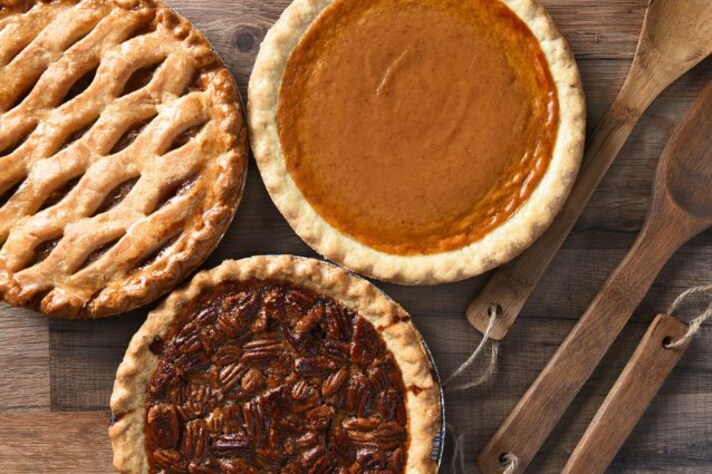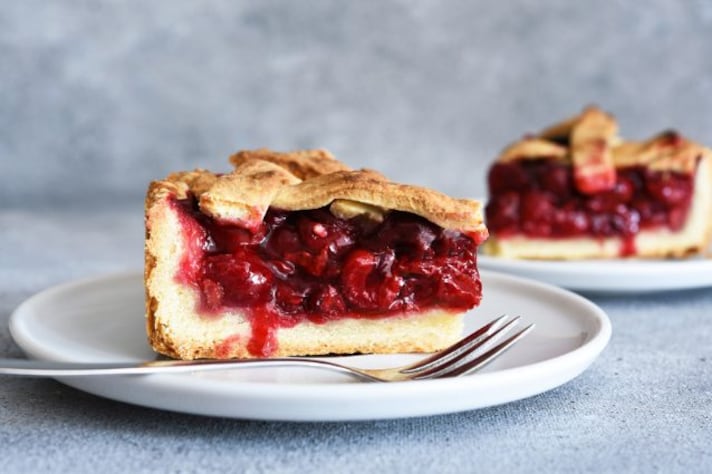
It's pie season, and whether for a backyard barbecue, a Fourth of July celebration, or just because you’re craving one, pies are a beloved treat. The temptation to dig into a pie fresh from the oven is almost irresistible. However, have you ever tried taking a bite of a hot pie? It can be a painful experience that leaves your tongue scorched. This raises the question: are refrigerated pies any better? How should we enjoy our pies?
Is Pie Supposed to Be Served Warm?
Traditionally, pies, especially fruit pies, are served warm. The warmth enhances the flavors of the filling, making the fruits juicier and the spices more aromatic. A warm pie has a comforting, homemade feel that evokes nostalgic memories of family gatherings and holidays. The crust also tends to be flakier and more delightful when warm, creating a contrast with the filling that is simply irresistible. However, this doesn’t mean that a pie must always be served warm to be enjoyed.

Are You Supposed to Eat a Pie Hot or Cold?
The debate between hot and cold pie consumption is a matter of personal preference and the type of pie in question. Eating a pie hot can bring out the flavors more vividly, but it also poses the risk of burning your mouth. On the other hand, eating a pie cold, especially after it has been refrigerated, allows the flavors to meld together more cohesively. Some pies, like custard or cream pies, are actually better enjoyed cold as the texture and taste improve with chilling. It ultimately depends on the pie type and your personal taste preference.
Can You Serve a Pie When It’s Cold or Do You Need to Warm It?
Serving a pie cold is perfectly acceptable and can be quite enjoyable, depending on the pie. Cream pies, chocolate pies, and certain fruit pies can be delightful when chilled. The coolness can be refreshing, especially on a hot summer day. However, if you prefer your pie warm, you can certainly heat it up. A quick warm-up in the oven or microwave can bring back that fresh-from-the-oven experience. It’s important, though, not to overheat the pie, as this can make the crust soggy and the filling too hot to handle.

The Best Temperature to Eat a Pie
For the best taste and to avoid any risk of burns, pies are best enjoyed at a warm but not hot temperature. Allowing the pie to cool slightly after baking lets the filling set and the flavors intensify without the danger of burning your tongue. Ideally, let the pie rest until it’s just warm to the touch, around 130-140°F (54-60°C). This is warm enough to enhance the flavors and keep the crust flaky while ensuring that the pie is safe to eat. For cold pies, serving them straight from the refrigerator or letting them sit for a few minutes at room temperature can provide the perfect balance of flavors and textures.
;Resize,width=767;)
